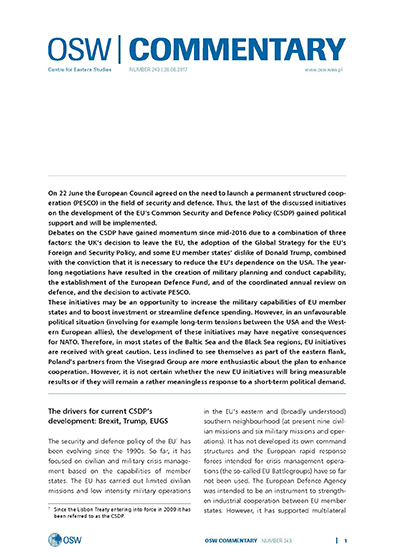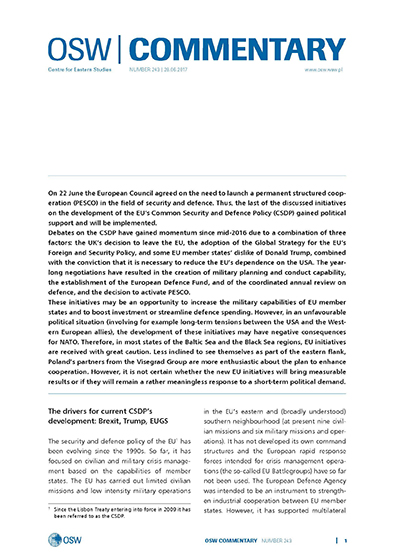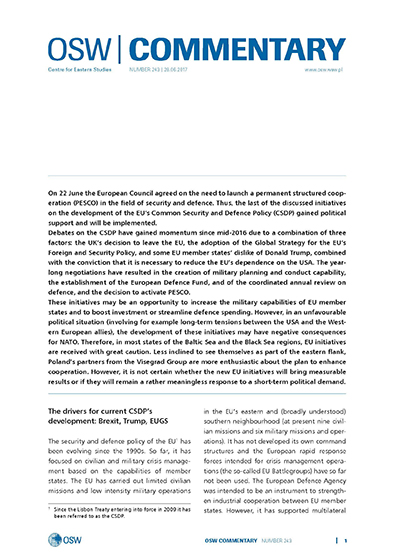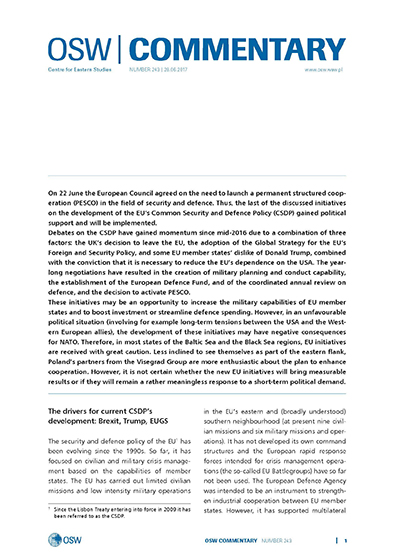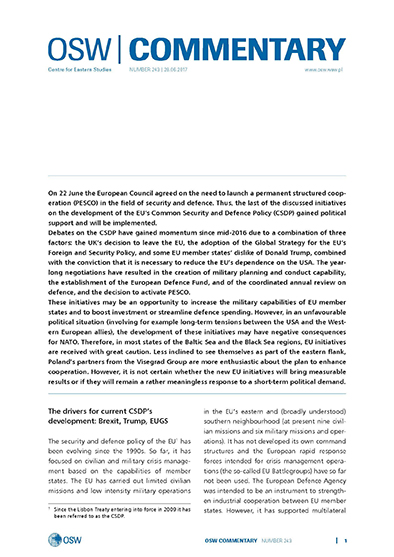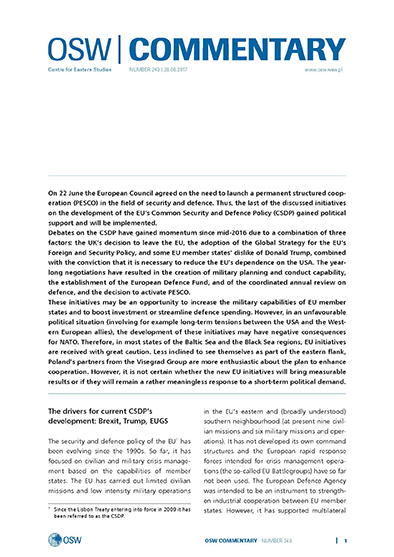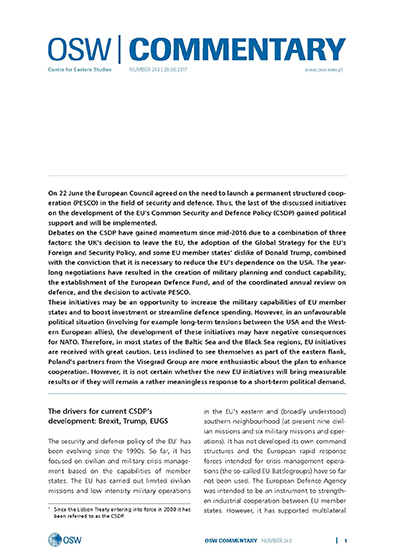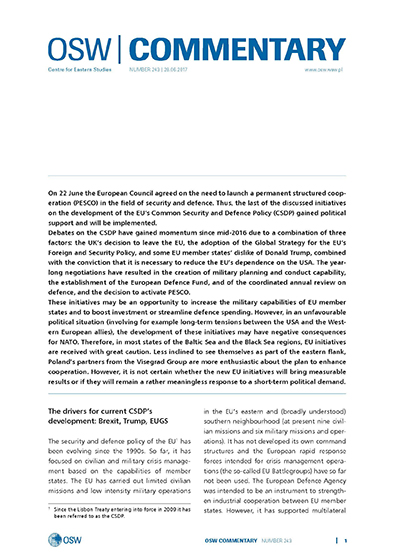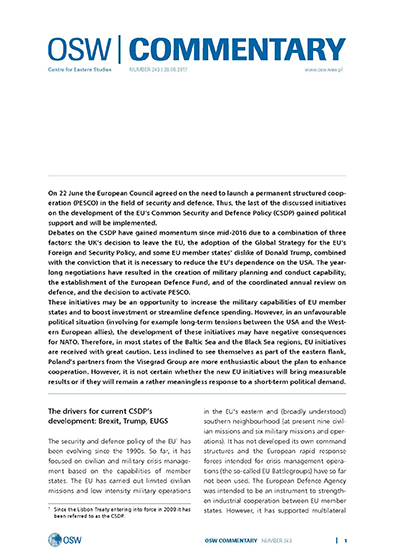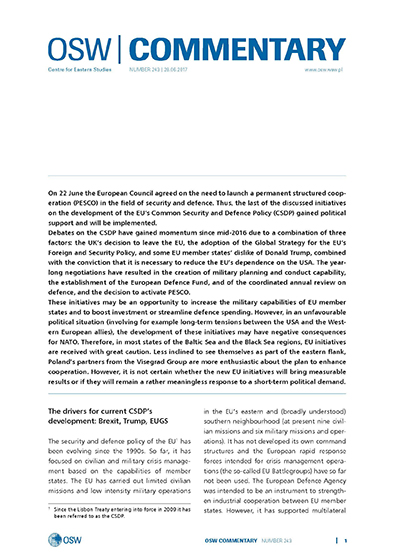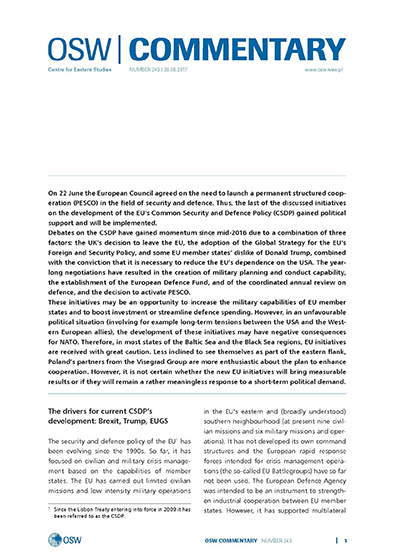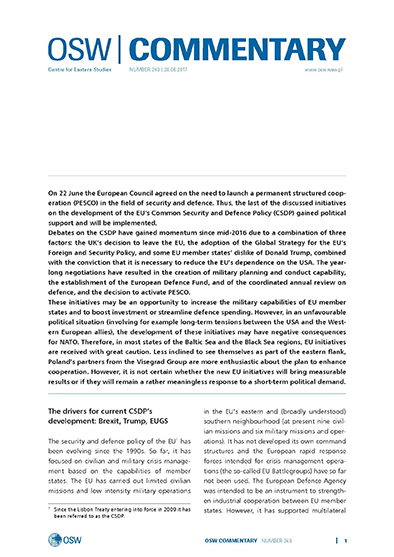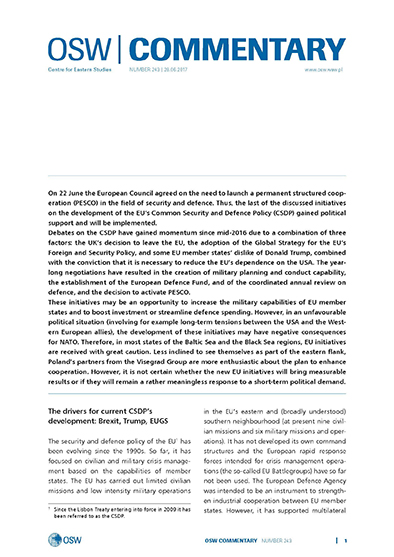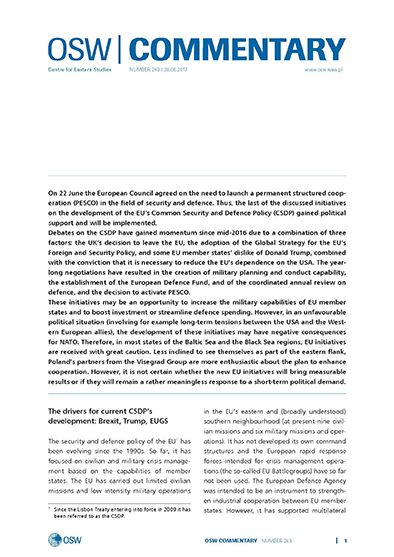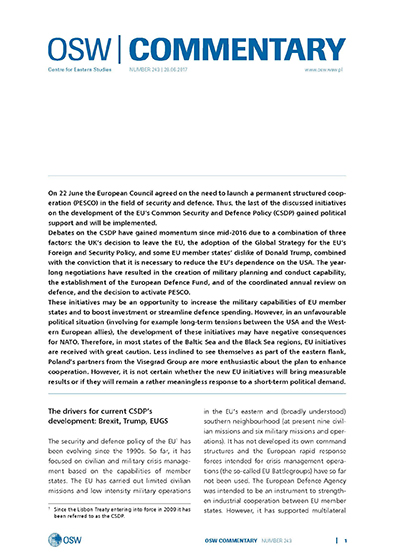
Germany’s engagement in the resolution of the Syrian conflict
Germany’s engagement in the resolution of the Syrian conflict
Keywords: Germany; Syrian conflict
German Tornado Recce aircraft have been engaged in reconnaissance operations over Syria since January 2016. In December 2015 the German government and parliament decided that up to 1,200 Bundeswehr soldiers would take part in the international coalition fighting Islamic State in Syria. This decision marks a new chapter in Germany’s activity in the Middle East. The increasing destabilisation of the southern neighbourhood and the consequences this has for the EU and Germany have forced the German government to increase its level of engagement in the region. Even though Germany is a third-rate player in the Middle Eastern game, it is nonetheless ever more engaged politically and wants to be viewed as a neutral mediator between the competing actors in the region. It has also allocated more funds on regional development co-operation and humanitarian aid. Germany, whose attention has been directed towards Europe’s eastern neighbourhood, is currently turning its attention to the South. The Middle East (and Africa) is taking on increasing significance in German foreign and security policy. This may affect NATO’s eastern flank and the EU’s eastern neighbourhood since part of Germany’s instruments and funds may be redirected to the South.
More...
